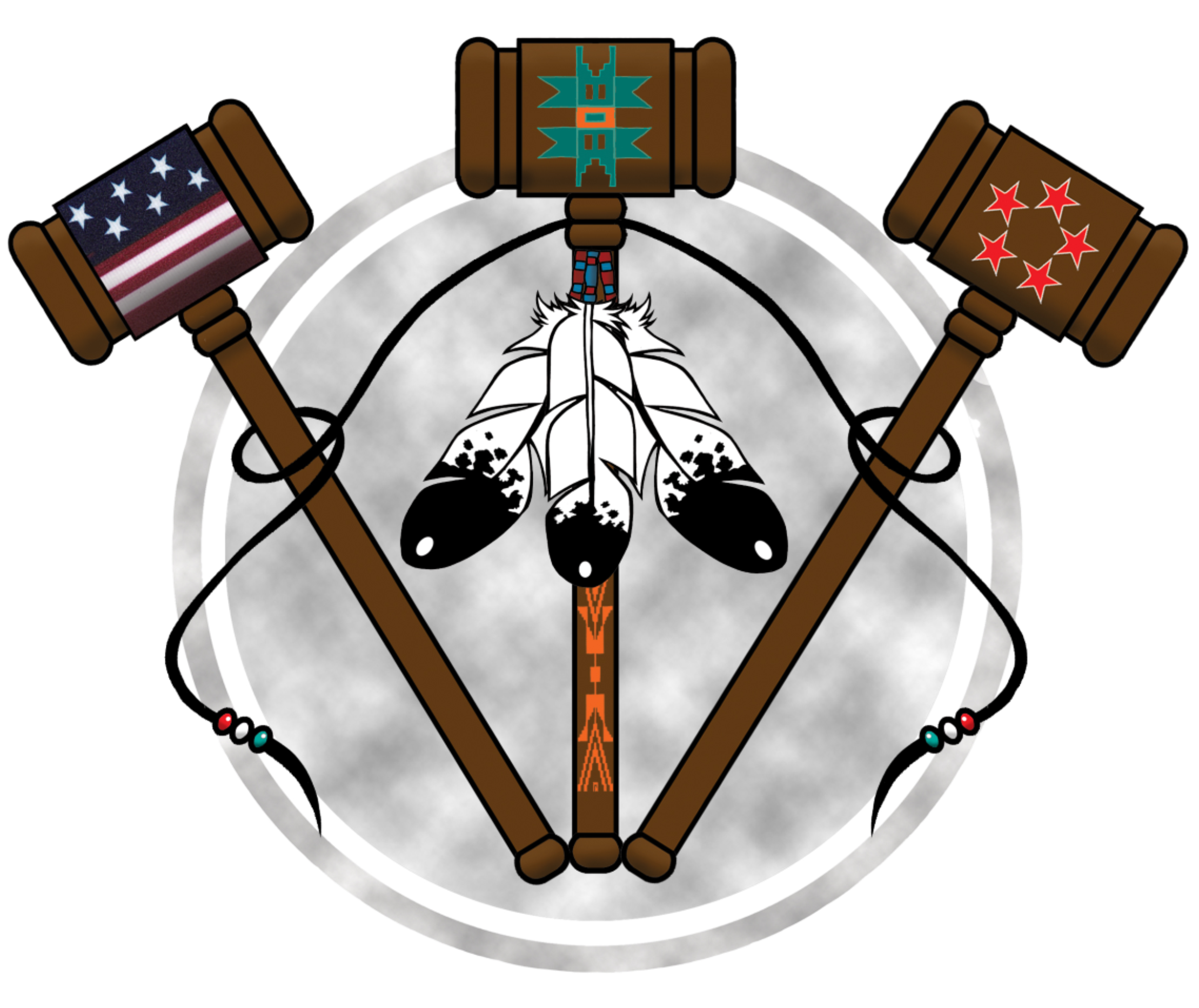Tribal nations, the federal government, and states coordinate across jurisdictions, a process which the recent Castro-Huerta Supreme Court decision impacts. The Native American Rights Fund (NARF) recently created a guide to tribal-state jurisdictions.
UNDERSTANDING TRIBAL-STATE JURISDICTION
STATE CONSTITUTIONS, PL 280, AND ENABLING ACTS
On June 29, 2022, the U.S. Supreme Court, in a 5-4 decision, overturned the long-held understanding that states do not have authority to prosecute non-Indians who commit crimes against Indians in Indian country. The Court, in Castro-Huerta v. Oklahoma, held that “the Federal Government and the State have concurrent jurisdiction to prosecute crimes committed by non-Indians against Indians in Indian country” which strikes against tribal sovereignty and jurisdiction to protect tribal citizens. The consequences of the decision–for tribal nations, the federal government, and states–will take time to unravel.
NARF has pulled together resources to better understand the landscape of state jurisdiction in Indian Country. The infographic below highlights the 35 states where there are federally recognized tribes and information on their enabling acts, constitutions, and PL-280 provisions. NARF hopes this survey proves useful to advocates in Indian Country.

Click to download tribal-state jurisdiction infographic.
For more information, visit the NARF Tribal-State Jurisdiction Resource Page
